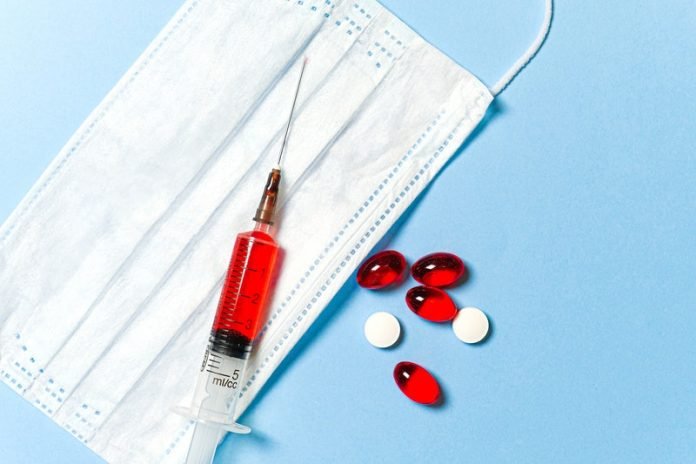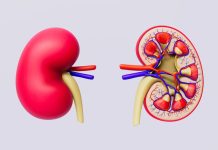
In a new study, researchers found a novel receptor protein that binds to the SARS-CoV-2 virus and prevents it from entering cells that may hold promise for treating COVID-19 and other coronavirus-related diseases.
The research was conducted by a team at the University of Illinois.
As scientists race to find treatments for COVID-19, many are focused on a specific protein called angiotensin-converting enzyme 2, or ACE2, which is found on various cell surfaces throughout the human body.
Its purpose is to generate smaller proteins that regulate functions within the cell. Using the spike-like protein on its surface, the SARS-CoV-2 virus binds to ACE2 prior to entry and infection of cells.
Thus, ACE2 acts as a receptor for the virus that causes COVID-19.
In the study, and scientists engineered a novel receptor that resembles ACE2, with the intent of using it as a “decoy” that can bind to the virus before it can latch onto ACE2 at the cell surface and invade the cell.
First, they examined more than 2,000 ACE2 mutations and created cells with the mutant receptors on their surfaces.
By analyzing how these interacted with the coronavirus spike protein, they found a combination of three mutations that made a receptor that bound to the virus more strongly and made it a more “attractive” target for the virus.
Then they tested the receptor in cells using live SARS-CoV-2.
They found that the decoy receptor has potent neutralizing activity against SARS-CoV-2, an activity that is on par with the best neutralizing antibodies identified to date.
Furthermore, they found that the decoy receptor not only neutralizes SARS-CoV-2, but also acts to neutralize SARS-CoV-1, a closely related virus that uses the same cellular receptor.
Additional research is required to determine whether the decoy receptor could be used to effectively treat or prevent COVID-19 and related coronavirus diseases, according to the team.
One author of the study is Dr. Erik Procko.
The study is published in Science.
Copyright © 2020 Knowridge Science Report. All rights reserved.



